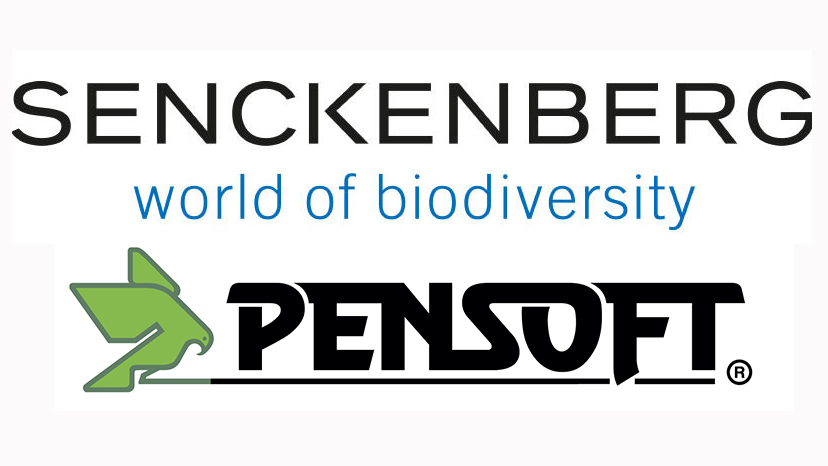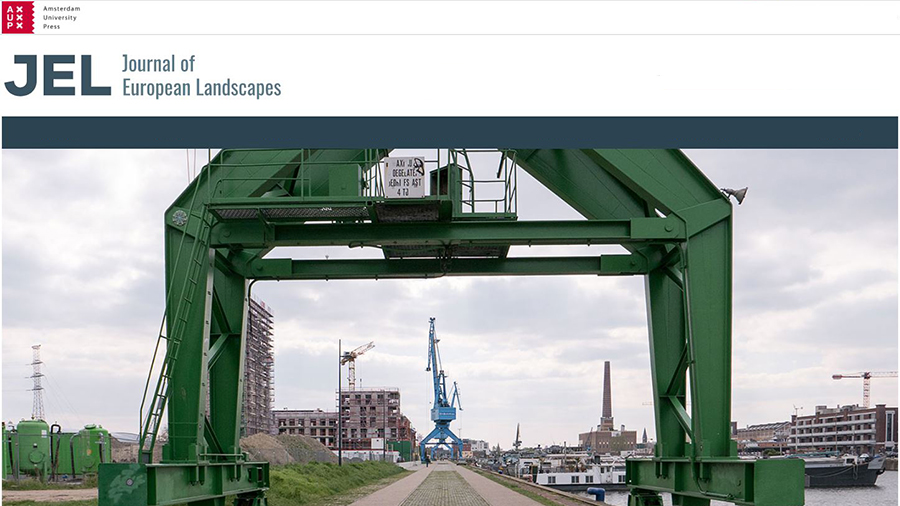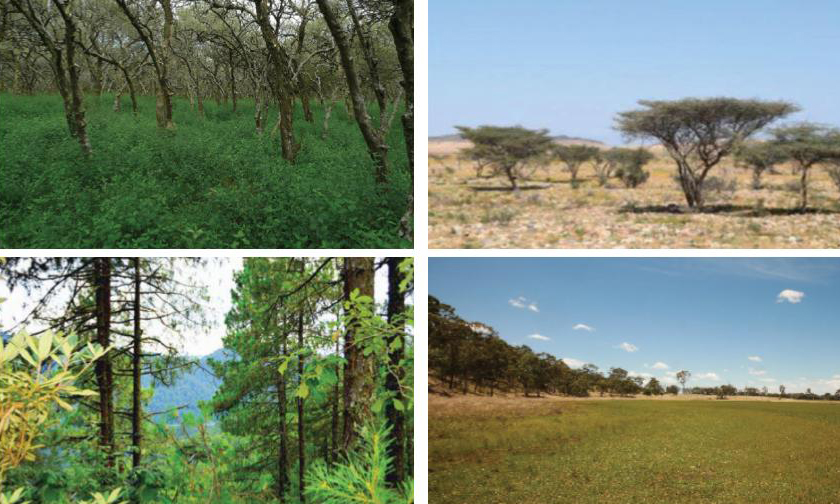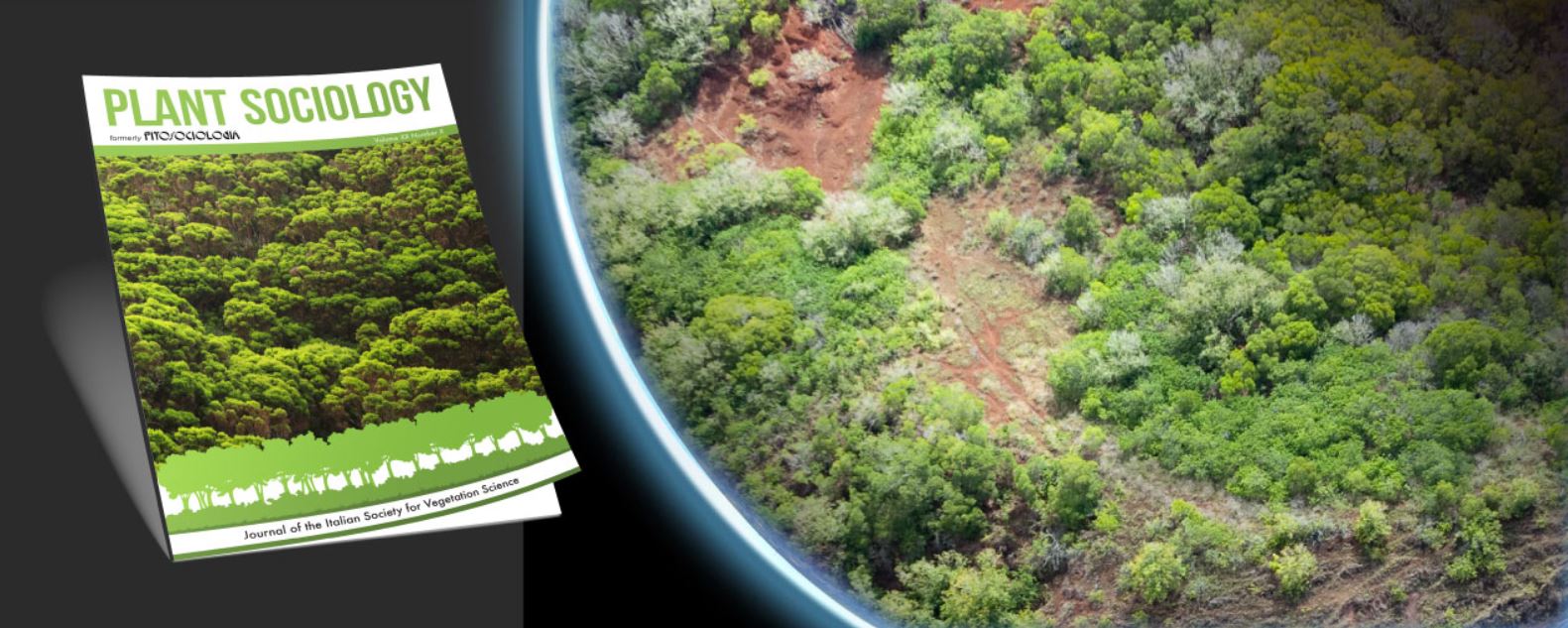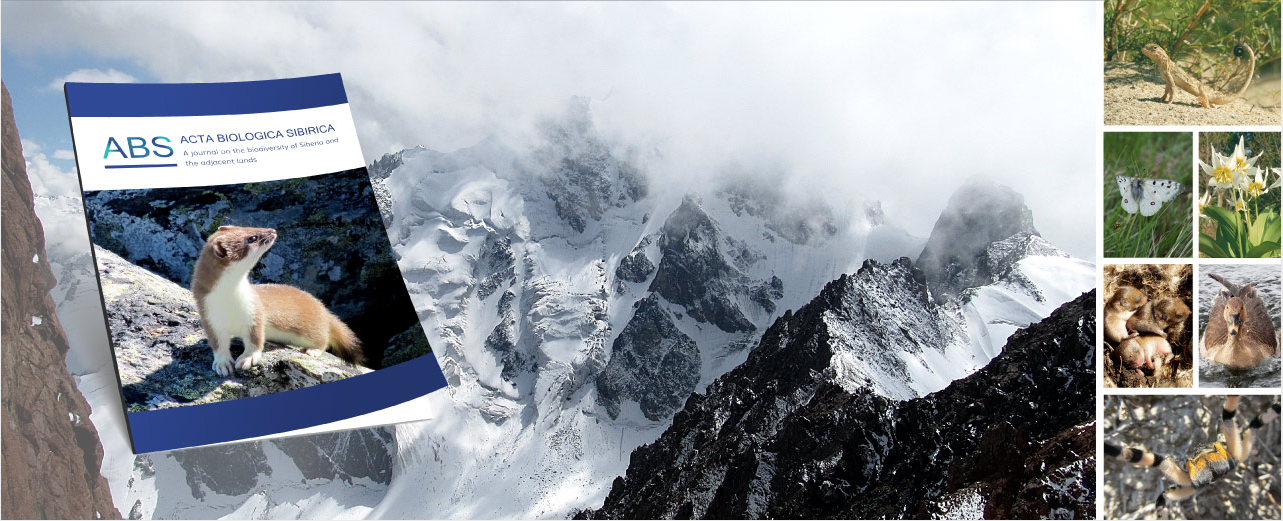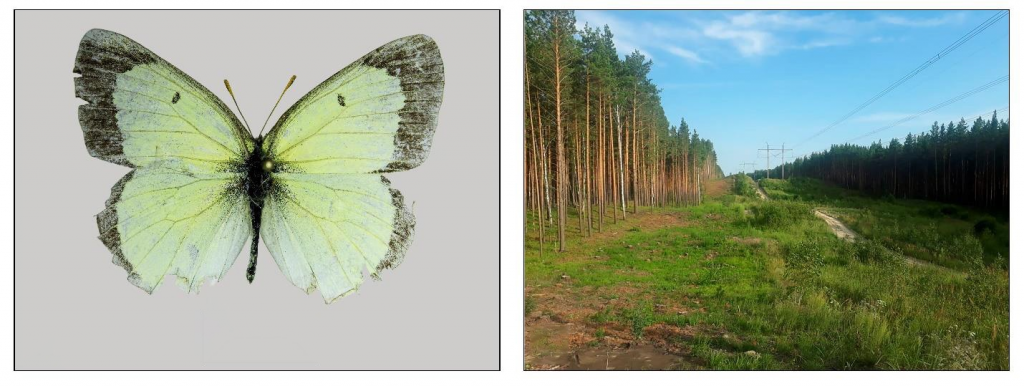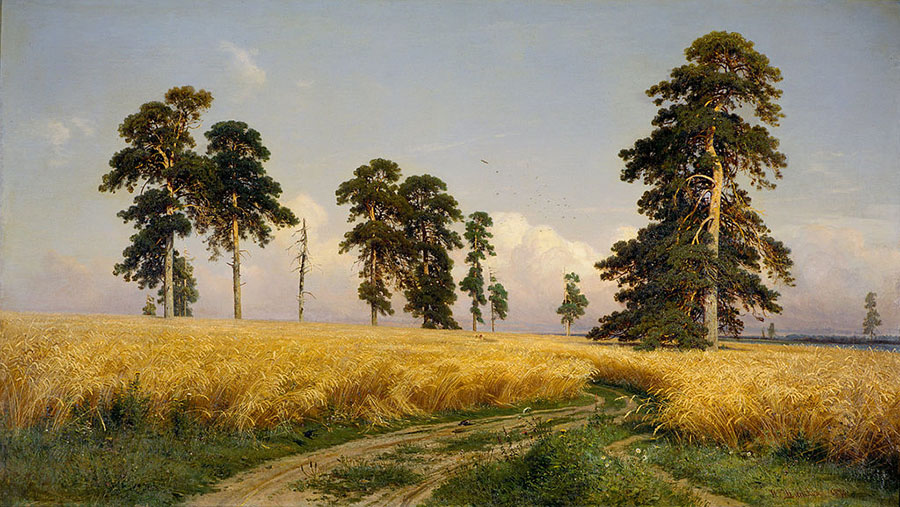At this alarming time, when the COVID-19 pandemic is on everyone’s mind, a new special issue in the open-access peer-reviewed journal Population and Economics by Lomonosov Moscow State University (Faculty of Economics) provides a platform for discussion on the impact of the pandemic on the population and economics, both in Russia and worldwide by opening a special issue. An introductory overview of the issue is provided by its Editor-in-Chief, Irina E. Kalabikina of the Faculty of Economics at Lomonosov Moscow University.
Today is still too early to draw any final conclusions, with too many things yet to happen. Nevertheless, the time is right to start a discussion on how to soften the possible consequences of the pandemic.
In the first published papers, brought together in the special issue, various teams of economists assess the uneasy dilemma – saving lives now or saving the economy to preserve lives in the future; demographers draw parallels with previous pandemics and its impact on demographic development; and sociologists analyse the state of various strata throughout the crisis.
The coronavirus pandemic came to Russia in mid-March – two months after China, two weeks after Spain, Italy, France, and about the same time as the United States.
As of 24th April, according to the data available at the Center for System Science and Engineering at John Hopkins University, Russia is amongst the top 10 countries by number of recorded cases. International comparability of national data on COVID-19 is a separate issue; it will be addressed in one of the special issue articles.
“Now I just want to state that Russia is affected by the pandemic, and it disturbs population and society. Moreover, a number of anti-epidemic measures taken in the country can bite the economy. In this context, the search for specific Russian consequences of the pandemic initiated by our authors along with the global consequences are particularly interesting”,
shares Editor-in-Chief of Population and Economics, Prof. Irina E. Kalabikhina.
All economists, demographers and sociologists are invited to consider the impact of the pandemic and its attendant recession on the population and economy in Russia and the global world. Research papers are welcome to the special issue, which will remain open for submissions until the end of June 2020.
Special issue already includes contributions from top economists, sociologists, demographers from Lomonosov Moscow State University, Higher School of Economics (Moscow), Russian Academy of National Economy and Public Administration (RANEPA), Global Migration Policy Associates (Geneva), University of Chicago, Federal Research Institute for Health Organization and Informatics of Ministry of Health of the Russian Federation; Institute of Socio-Political Research at the Federal Center of Theoretical and Applied Sociology of the Russian Academy of Science, the New School for Social Research (New York) and Feminist Data and Research Inc. (Toronto), University of Manchester and New Economic School (Moscow).
Different aspects of the current pandemic are considered in a series of research: cost of the pandemic to globalisation, proposals of tax system revision and reforms, future technological shift and a change in the direction and volumes of trade flows.
The current COVID-19 pandemic is “a global social drama”, after which income and wealth inequalities are expected to increase, and it’s still a good question how reliable are the data on the virus we are receiving and what could be the perception of the mass public and voters. While citizens are getting used to the existing rules, both the population and the state are in uncertainty, and lacking the flexible informal rules, which normally determine human behaviour.
Many countries face the issues of unemployment, caused by the virus outburst, and in many countries young people and those of low education level, as well as migrants and refugees are the most vulnerable groups.
Russian families face new issues in the conditions of self-isolation, while “dachas” (countryside family houses) play an important role during the pandemic.
On one hand, the current reduction in production makes a positive impact on the environment, but in the upcoming years it can get replaced by the negative effect – as weakened attention to environmental issues and redirection of cash flows to maintain or prevent a significant drop in the material standard of living.
Scientists try to consider the lessons of the previous pandemics, based on the cases of the Spanish flu of 1918 and the latest Ebola outbreak in Sierra Leone.
These and many other topics are considered by researchers in the COVID-19 issue, and it is already quite obvious that even though the pandemic may have touched every side of our lives, life doesn’t stop. These early research works are meant to help humanity to overcome the following crisis, find the way out and adjust to the life after the pandemic.
“We are going through difficult times, and it is hardly possible to overestimate the role of science in the quickest passing through the crisis with the least human and economic losses. We hope that our Journal will contribute to the crucially important discussion on the impact of the pandemic on the economy and population”,
concludes Editor-in-Chief of Population and Economics, Irina E. Kalabikhina.
Additional information
About Population and Economics
Population and Economics is a peer-reviewed, open-access journal, published by Lomonosov Moscow State University (Faculty of Economics). The journal covers basic and applied aspects of the relationship between population and economics in a broad sense.
The journal is running on the innovative scholarly publishing platform ARPHA, developed by scholarly publisher and technology provider Pensoft.
Original sources:
Kalabikhina IE (2020) What after? Essays on the expected consequences of the COVID-19 pandemics on the global and Russian economics and population. Population and Economics 4(2): 1-3. https://doi.org/10.3897/popecon.4.e53337
Auzan AA (2020) The economy under the pandemic and afterwards. Population and Economics 4(2): 4-12. https://doi.org/10.3897/popecon.4.e53403
Buklemishev OV (2020) Coronavirus crisis and its effects on the economy. Population and Economics 4(2): 13-17. https://doi.org/10.3897/popecon.4.e53295
Grigoryev LM (2020) Global social drama of pandemic and recession. Population and Economics 4(2): 18-25. https://doi.org/10.3897/popecon.4.e53325
Kartseva MA, Kuznetsova PO (2020) The economic consequences of the coronavirus pandemic: which groups will suffer more in terms of loss of employment and income? Population and Economics 4(2): 26-33. https://doi.org/10.3897/popecon.4.e53194
Shastitko AE (2020) COVID-19: moments of truth and sources of controversy. Population and Economics 4(2): 34-38. https://doi.org/10.3897/popecon.4.e53285
Kurdin AA (2020) Institutional continuum in the context of the pandemic. Population and Economics 4(2): 39-42. https://doi.org/10.3897/popecon.4.e53299
Ivakhnyuk I (2020) Coronavirus pandemic challenges migrants worldwide and in Russia. Population and Economics 4(2): 49-55. https://doi.org/10.3897/popecon.4.e53201
Bobylev SN (2020) Environmental consequences of COVID-19 on the global and Russian economics. Population and Economics 4(2): 43-48. https://doi.org/10.3897/popecon.4.e53279
Contact:
Prof. Irina E. Kalabikhina
Editor-in-Chief of the “Population and Economics”
Email: niec@econ.msu.ru


